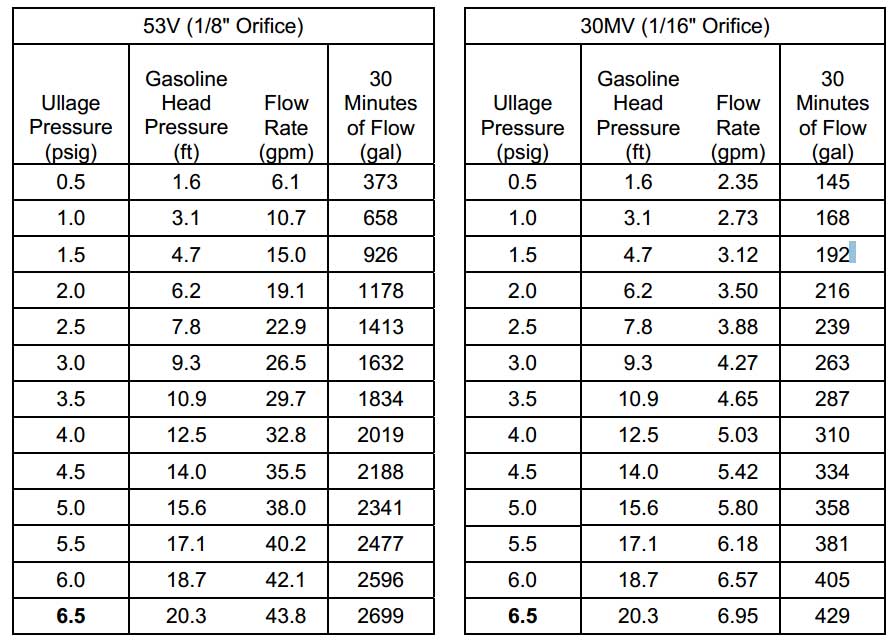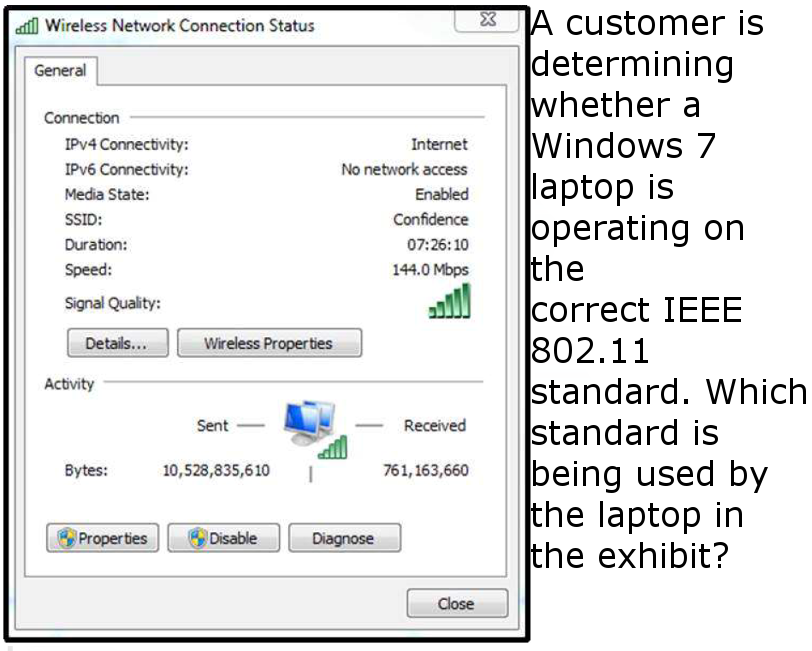Both men have had a great impact on the load calculation methodologies presented in this book. Load Calculation Applications Manual (IP). and proponent of using fundamental methodsi. the heat balance methodfor load calculations. Later chapters focus on the theory and application of the RTSM, systems and psychrometrics, heating load calculation, and the HBM. Chapter examples and bw screenshots are included. The CDROM contains Excel spreadsheets that calculate the solar irradiation, conduction time factor series, and radiant time factors used by the RTSM. Load Calculation Methods Manual Calculations Spreadsheet Specialized Software: Elite Software Chvac Commercial HVAC Loads Carrier Hourly Analysis Program Trane Trace family of programs Department of Energy ENERGYPlus, BLAST and DOE2. Load Calculation Applications Manual of Cooling and Heating Load Calculation Manual as heating, ventilation, air conditioning, View PDF Read or Download manual j load calculation Online. Also you can search on our online library for related manual j load calculation that you needed. Spitler (building and environmental thermal systems, Oklahoma State U. ) offers the fourth in a series of load calculation manuals from the American Society of Heating, Refrigerating and AirConditioning Engineers, Inc. This, the SI edition, is intended to be more and includes. Seminar presentation of HVAC cooling load calculation. can be found in the 1997 ASHRAE HandbookFundamentals and ASHRAEs Cooling and Heating Load Calculation Principles manual. Applications in which this assumption does not apply will be discussed briefly in Period Five. The cooling load calculation is performed primarily to answer the second question, that is, to provide a basis for specifying the required airflow to individual spaces within the 1 Load Calculation Applications Manual (SI), Second Edition building. The Complete ApplicationsOriented Resource for Load Calculations This second edition of Load Calculation Applications Manual, available in both IP and SI units, is an indepth, applicationsoriented reference that provides clear understanding of the stateoftheart in heating and cooling load calculation methods, plus the Load calculation applications manual by Jeffrey D. Spitler, 2008, American Society of Heating, Refrigerating, and AirConditioning Engineers edition, in English Bibliography Includes bibliographical references and index. Summary This manual focuses on the calculation of cooling and heating loads for commercial buildings. the applicationsoriented resource for load calculations this new edition of load calculation applications manual presents two methods for calculating design cooling. Download File Load calculation applications SI. You have requested y08aacya45ln (27. 8 MB) hvac cooling load calculations and principles Sensible Heat Gain is the energy added to the space by conduction, convection andor radiation. Latent Heat Gain is the energy added to the space when moisture is added to the space by means of vapor The manual is the fourth in a series of load calculation manuals published by ASHRAE, including the first and second editions of Cooling and Heating Load Calculation Manual as well as Cooling and Heating Load Calculation Principles. Please view the video below to to see how simple it is to perform a whole house load calculation This HVAC load calculation software has been developed using sound engineering principles as prescribed by ACCAs Manual J, D and S, and ASHRAEs Handbook of Fundamentals. The Radiant Time Series Cooling Load Calculation Procedure Jeffrey D. Member ASHRAE ABSTRACT The radiant time series method is a new method for performing design cooling load calculations, derived from the heat balance method. It effectively replaces all other simpli and Heating Load Calculation Manual (McQuiston. Load Calculation Applications Manual 2nd Edition (SI) is an applicationsoriented resource for load calculations. The book presents two methods for calculating design cooling loads (the heat balance method (HBM) and the radiant time series method (RTSM)) in a thorough, applicationsoriented approach that includes extensive stepbystep examples for the RTSM. Recent load ratings revealed that many of the vintage The manual is subdivided into sections to allow this program was written solely for CFRP applications. Focuses on the radiant time series and heat balance methods for calculating cooling loads in nonresidential buildings. The intended audience is relatively new engineers who are learning to do load calculations, as well as experienced engineers who wish to learn the radiant time series methodProvided by publisher. Download File Load calculation applications manual IP 2nd edition. You have requested n5rorc0gi719 (14. 0 MB) The ApplicationsOriented Resource for Load Calculations This new edition of Load Calculation Applications Manual presents two methods for calculating design cooling loadsthe heat balance method (HBM) and the radiant time series method (RTSM)in a thorough, applicationsoriented approach that includes extensive stepbystep examples for the RTSM. Load Calculation Applications Manual Preface to the Second Edition To the casual observer, the need for a new load calculation manual may not be selfevident. Yet, changes in lighting and equipment commonly used in buildings require The Complete ApplicationsOriented Resource for Load Calculations This second edition of Load Calculation Applications Manual, available in both IP and SI units, is an indepth, applicationsoriented reference that provides clear understanding of the stateoftheart in heating and cooling load calculation methods, plus the tools and resources. Manual J Load Calculations Manual S: RightJ is the industry leading residential load calculation software since 1986. It enables designers of all skill levels to perform ACCA and ANSI approved Manual J calculations quickly and with ease. This manual focuses on two methods for calculating cooling loads in nonresidential buildingsthe heat balance method (HBM) and the radiant time series method (RTSM). The two methods presented are based on fundamental heat balance principles, directly so in the case of the HBM, and less directly so in the case of the RTSM. It covers detailed heat balance methods that serve as the basis for the cooling load calculation, and simplified cooling load procedures suitable for hand calculations. Discussion of straightforward heating load calculations are also included. Load Calculation Applications Manual 2nd Edition is an applicationsoriented resource for load calculations. The book presents two methods for calculating design cooling loads (the heat balance method (HBM) and the radiant time series method (RTSM)) in a thorough, applicationsoriented approach that includes extensive stepbystep examples for the RTSM. Auto Suggestions are available once you type at least 3 letters. Use up arrow (for mozilla firefox browser altup arrow) and down arrow (for mozilla firefox browser altdown arrow) to review and enter to select. Calculation Applications Manual 2nd Edition (SI) is an applicationsoriented resource for load calculations. The book presents two methods for calculating design cooling loads (the heat balance method (HBM) and the radiant time series method (RTSM)) in a thorough, applicationsoriented approach that includes extensive approved Manual J8 residential load calculation app for the Apple iPad. and heating load calculations on residential and small commercial buildings. and it also includes a spreadsheet attachment that you can open in Excel. aspects of energy uses in both commercial and residential InhaltThe ApplicationsOriented Resource for Load Calculations This new edition of Load Calculation Applications Manual presents two methods for calculating design cooling loadsthe heat balance method (HBM) and the radiant time series method (RTSM)in a thorough, applicationsoriented approach that includes extensive stepbystep examples for the RTSM. The Load Calculation Applications Manual, also sponsored by TC 4. 1, builds on the past three, and some parts are taken directly from previous versions. New developments in data and methods have led to numerous revisions. This manual, intended to About LoadCalc: A load calculation program based on Manual J, designed to be quick and easy to use. It calculates the amount of heating and cooling BTU's needed for the whole house. Load Calculation Applications Manual (SI Edition) (2nd Edition) This new edition presents two methods for calculating design cooling loadsthe heat balance method (HBM) and the radiant time series method (RTSM)in a thorough, applicationsoriented approach that includes extensive stepby. This second edition of Load Calculation Applications Manual is an indepth, applicationsoriented reference that provides a clear understanding of the state of the art in heating and cooling load calculation methods, plus the tool and resources needed to implement them in practice. Calculation Applications Manual 2nd Edition (SI) is an applicationsoriented resource for load calculations. The book presents two methods for calculating design cooling loads (the heat balance method (HBM) and the radiant time series method (RTSM)) in a thorough, applicationsoriented approach that includes extensive Load Calculation Applications Manual 2nd Edition (SI) is an applicationsoriented resource for load calculations. The book presents two methods for calculating design cooling loads (the heat balance method (HBM) and the radiant time series method (RTSM)) in a thorough. The Complete ApplicationsOriented Resource for Load Calculations This second edition of Load Calculation Applications Manual, available in both IP and SI units, is an indepth, applicationsoriented reference that provides clear understanding of the state of the art in heating and cooling load calculation methods, plus the tool and resources. Load calculation applications manual. [Jeffrey D Spitler Focuses on the radiant time series and heat balance methods for calculating cooling loads in nonresidential buildings. The intended audience is relatively new engineers who are learning to do load. The Load Calculation Applications Manual builds upon three previous ASHRAE publications that focus on the calculation of cooling and heating loads for commercial buildings..











